44 years: A timeline of women at the Ironman World Championship
Women have been an integral part of Ironman since day one
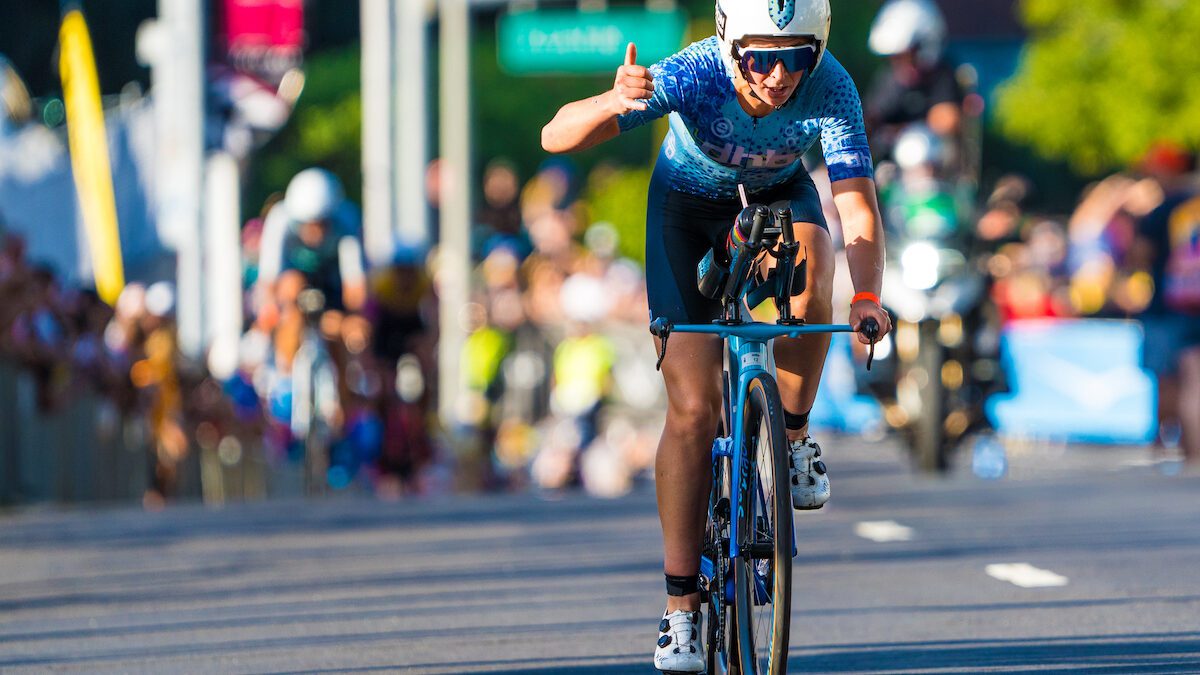 Photo by:
Kevin Mackinnon
Photo by:
Kevin Mackinnon
Women have been an integral part of Ironman since the beginning – the inaugural race in 1978 was organized by the husband and wife team, John and Judy Collins. While no women competed in the inaugural event, in year two Lyn Lemaire competed, finishing fifth overall of the 15 starters. That was 1979 – five years before the first women’s marathon would be held at the Olympics.
Another woman, Valerie Silk, would take over the leadership of Ironman from the Collins. Since then both Ironman and triathlon in general have showcased a steady stream of influential leaders and athletes.
Related: The 15 most influential women in triathlon history
Ironman introduced equal pro prize money when the event initially offered a prize purse in 1986 – triathlon was one of the first sports to adopt equality in sports pay. Since 2017 the Ironman 70.3 World Championship has featured two separate days of racing for the men and women, and this year Ironman hosted two days of racing for the men and women in Kona – the women and some men’s age groups raced on Thursday, with the rest of the men competing on Saturday. Ironman has committed two separate days of racing for men and women at the world championship in the future.
Below is a timeline of women in the sport to demonstrate the impact and involvement of women in Ironman (from ironman.com):
1977-78 : John and Judy Collins conceived the original “Hawaiian Ironman Triathlon” during an awards banquet for the Waikiki Swim club, combining the three toughest endurance races on the island into one race. This led o the race series and lifestyle that IRONMAN is today.
1979: In only the second year of the sport, championship cyclist Lyn Lemaire enters the event to become the first to compete and ultimately the first female champion of the event, placing fifth overall out of the 15 starters. She would go on to be inducted into the IRONMAN Hall of Fame in 2003.
1980: The event draws 106 men and two women with Robin Beck winning the women’s division in 11:21:24, placing 12th overall.
1981: Valerie Silk takes over race directing, and makes the decision to move the event from the tranquil shores of Waikiki to the barren lava fields of Kona on Hawaii Island. She increases the participation from 326 in 1981 to over 1,400 competitors
1982: Julie Moss, a California college student studying endurance sports, makes her heroic struggle to the finish line and inspires generations of triathletes as her performance is aired on ABC’s Wide World of Sports. As her body shuts down, she is passed by Kathleen McCartney for the women’s title, Moss crawls across the finish line showcasing her courage and determination. The Ironman mantra “ANYTHING IS POSSIBLE” is born.
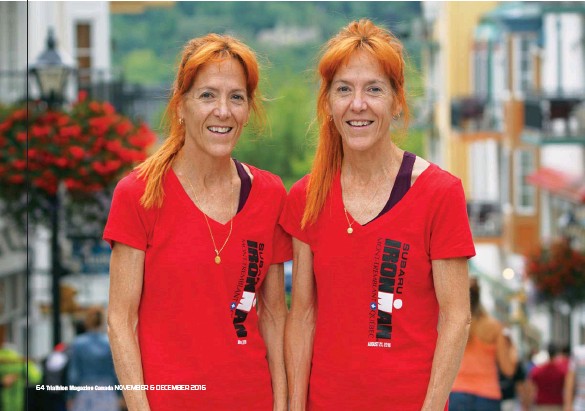
1983: The first international female win in Kona, Sylviane Puntous of Canada, sets the women’s course record at 10:43:36.
1986: The Ironman World Championship in Hawaii offers prize money for the first time and in its debut is distributed equally to professional men and women. In doing so, it becomes one of the first sports to offer equal prize money for professional competitors. (The money was equal despite the fact that there were 23 pro women and 86 pro men who finished the race that year).
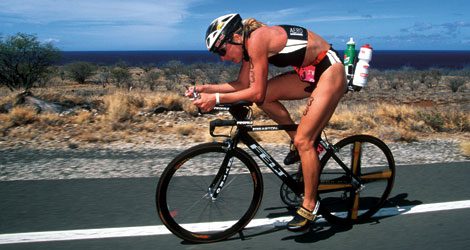
1986: Paula Newby-Fraser of Zimbabwe sets a new women’s course record of 9:49:14 and wins her first of 8 titles (86, 88, 89, 91, 92, 93, 94, 96)
1989: The International Triathlon Union creates equal pay for men and women triathletes, thanks to a big effort from New Zealand athlete, Erin Baker.
1990: World Triathlon Corporation was created to create a pro field for both men and women.
1992: Paula Newby-Fraser becomes the first woman to eclipse the nine-hour mark with a historic 8:55:28 performance.
1994: Julie Moss becomes the second-ever and first female inductee to The Ironman Hall of Fame.
1997: A year after being inducted into The Ironman Hall of Fame, Paula Newby-Fraser continues her illustrious career to become the first person to win 20 Ironman competitions.
1999: Valerie Silk is inducted into The Ironman Hall of Fame. Lyn Brooks, 51, from Baltimore, Md., becomes the first person to ever finish 20 consecutive Ironman World Championship races.
2000: Seventy-year-old Ethel Autorino, from Edison, N.J., opens the women’s 70-74 age group category becoming the oldest female to ever compete at The Ironman World Championship.
2005: Sarah Reinertsen, from Portola Hill, Calif., becomes the first female above-the-knee amputee to finish after missing the bike cutoff in 2004 and becomes a pioneer in the sport of paratriathlon.
2006: The inaugural Ironman 70.3 World Championship is held bringing more athletes into the sport with Canadian Samantha McGlone taking the first title for the women in a time of 4:12:58
2007: Chrissie Wellington becomes first ever British athlete to win The Ironman World Championship.
2009: In winning her third Ironman World Championship in a time of 8:54:02, Chrissie Wellington breaks Paula Newby-Fraser’s Ironman World Championship best time that had been in place for 17 years.
2011: A new professional points-based ranking system is implemented with total male and female slots determined by proportional allocation providing 50 slots to top pro men and 35 slots to top pro women.
2012: Britain’s Leanda Cave becomes the first female and only second athlete ever to capture both the IRONMAN 70.3 and IRONMAN World Championship crown in the same year.
2012: At the age of 82, the “Iron Nun,” Sister Madonna Buder finishes Ironman Canada setting a new mark for the oldest female finisher in history.
2013: After having success at the half-distance Ironman 70.3 series, Mirinda Carfrae uses a blisteringly fast run to win the IRONMAN World Championship, setting a new course best time of 8:52:14.
2013: Minda Dentler crosses The Ironman World Championship finish line in a time of 14:39:14 to become the first female hand cyclist ever to complete the event.
2013: Harriet Anderson. who began competing in long-distance triathlons in her 50s, finishes The Ironman World Championship at the youthful age of 78 in a time of 16:56:51 becoming the oldest women to ever finish the championship event.
2015: Daniela Ryf becomes the second women ever to win both The Ironman 70.3 World Championship and Ironman World Championship in the same year.
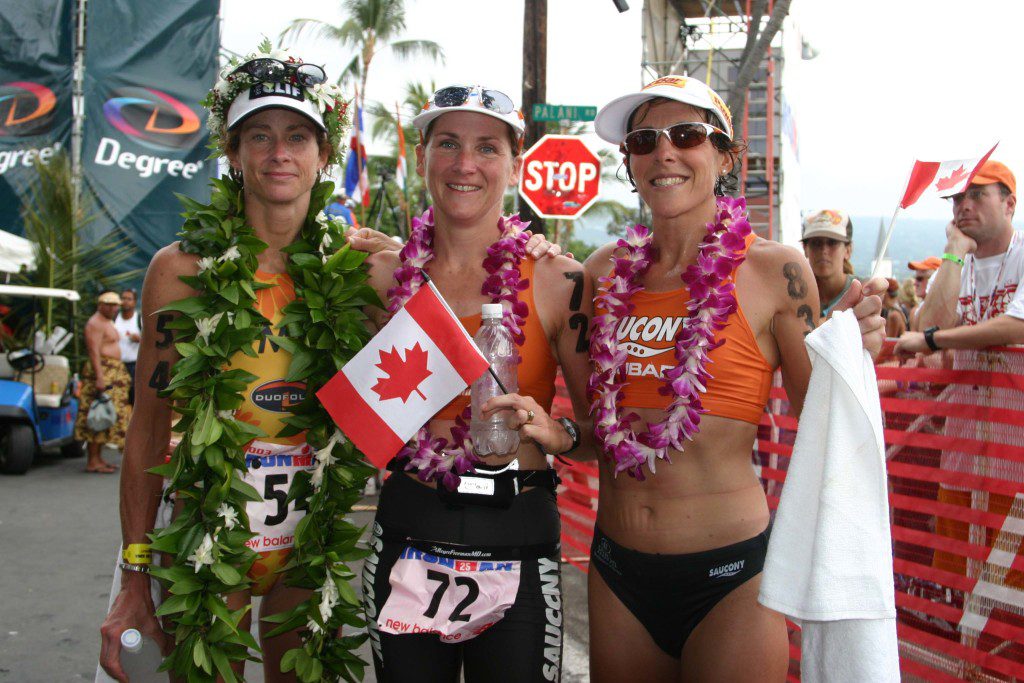
Credit: Mark Oleksyn
2015: Lori Bowden and Heather Fuhr are inducted into The Ironman Hall of Fame; Fuhr is considered one of the best runners of all time in the sport of triathlon, capturing 15 Ironman wins around the world including The Ironman World Championship title in 1997.
2016: Daniela Ryf sets a new course best time of 8:46:46 as she wins The Ironman World Championship for the second year in a row
2016: Shirin Gerami breaks barriers to become the first Iranian women to compete in and finish an Ironman triathlon.
2017: The Ironman 70.3 World Championship taking place in Chattanooga, TN, USA is held over two days for the first time ever with all women racing on one day and the majority of men on the other. This creates further racing opportunities for women and equitable slots for men and women professionals.
2017: Chrissie Wellington is inducted into The Ironman Hall of Fame in her first year of eligibility. Wellington finished her career with four IRONMAN World Championship titles and an IRONMAN finish time record of 8:33:56 (recorded in 2011 at IRONMAN South Africa).
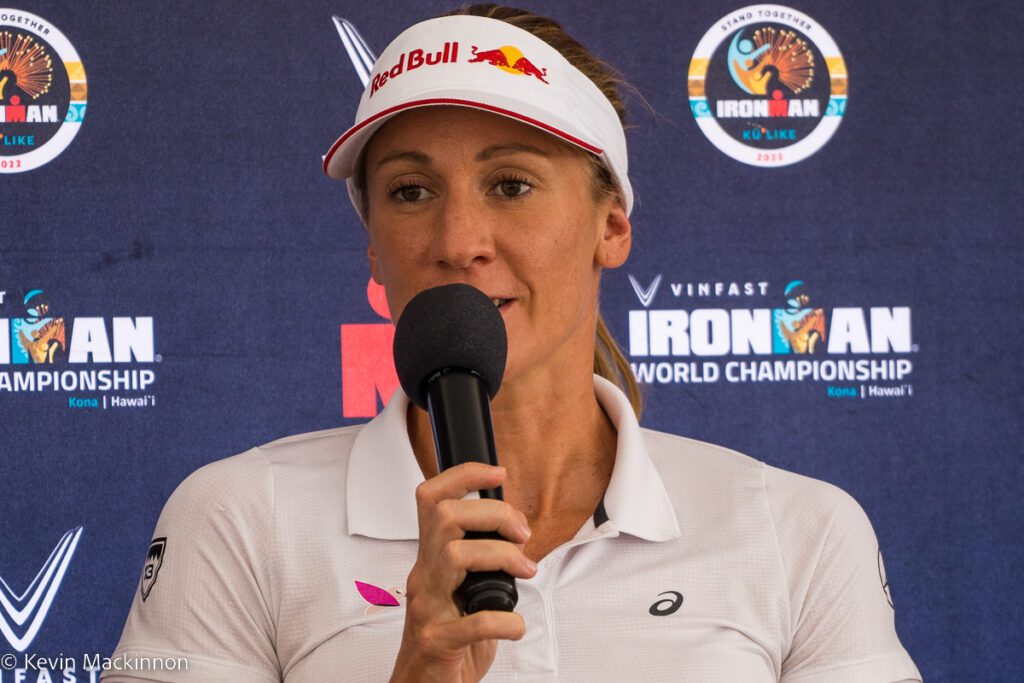
2018: Daniela Ryf continues to showcase why she has become the best female triathlete of her era with her fourth consecutive IRONMAN World Championship title, shattering her previous course best time with a 8:26:18 finish.
2019: Ironman moves away from KPR (Kona Pro Ranking) and implements a new professional qualifying system to give female pros more opportunities to qualify for The Ironman World Championship. The first year of the new format results in 44 female professionals and 56 male professionals qualifying for The Ironman World Championship.
2019: Brazilian Fernanda Keller finishes her 24th Ironman World Championship, the most of any female competitor in history. In her peak as a professional, she earned third place finishes at The Ironman World Championship six times (1994, 1995, 1997, 1998, 1999, 2000).
2019: Liza & Beth James become the first ever mother-daughter team to take on The Ironman World Championship.
2022: Daniela Ryf makes history with her fifth Ironman World Championship, joining Paula Newby-Fraser and Natascha Badmann, the only women to claim the feat. With her fifth Ironman World Championship title added to her five Ironman 70.3 World Championship titles she also holds the record for most IRONMAN or IRONMAN 70.3 World Championship titles for any professional triathlete.
2022: Laura Philipp sets fastest time for a full-distance Ironman in 8:18:20.
2022: Joanne Murphy, known as the Irish Voice of Ironman, becomes the first female to race announce at The Ironman World Championship (the 2021 edition which was held in St. George, Utah in May of 2022). At the 2022 Ironman World Championship in Kona, Carissa Galloway will join Murphy in the role.
2022: Equal professional slot allocation for men and women debut with new two-day race format. All women and select male age groups compete on Thursday, October 6, while the majority of men compete on Saturday, Oct. 8.
